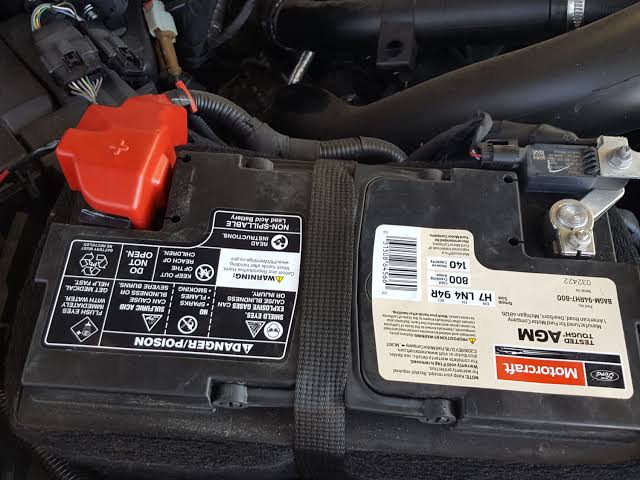Powering Up Your Ford F-150: A Comprehensive Guide to Your Battery
The Ford F-150 is an iconic truck, known for its strength, versatility, and dependability. At the heart of this robust performance is a reliable battery that ensures your F-150 starts on the first try and powers all its electrical components. In this blog, we’ll explore the specifics of the Ford F-150 battery, including its specifications, maintenance tips, signs of a failing battery, and how to choose the right replacement.
Understanding the Ford F-150 Battery
Battery Specifications:
- Type: The Ford F-150 typically uses a 12-volt lead-acid battery. These batteries are widely used in gasoline-powered vehicles due to their reliability and cost-effectiveness.
- Group Size: For most F-150 models, the battery group size is often 65, although some models might use group size 94R. This refers to the battery’s physical dimensions, terminal locations, and type.
- Cold Cranking Amps (CCA): The CCA rating indicates the battery’s ability to start an engine in cold temperatures. For the Ford F-150, a battery with a CCA rating of around 750-850 is recommended to ensure reliable performance, especially in colder climates.
Maintenance Tips for Your Ford F-150 Battery
- Regular Inspections: Periodically check the battery for signs of corrosion, particularly around the terminals. Corrosion can hinder the battery’s performance and lead to starting problems.
- Clean the Terminals: If you notice any corrosion, clean the battery terminals with a mixture of baking soda and water. Use a wire brush to gently scrub away the corrosion to ensure a good electrical connection.
- Check Battery Fluid Level: For batteries that are not sealed, check the fluid levels periodically. If the fluid is low, top it off with distilled water, being careful not to overfill.
- Test the Battery: Use a multimeter to measure the battery’s voltage. A healthy battery should read around 12.6 volts when the engine is off. If the reading is significantly lower, it might be time for a replacement.
- Drive Regularly: Regular driving helps keep your battery charged. If your F-150 is unused for extended periods, consider using a battery maintainer to keep it charged.
Signs It’s Time to Replace Your Battery
- Slow Engine Crank: If your engine is slow to start, it could indicate that your battery is losing its charge.
- Dashboard Warning Light: The battery warning light on the dashboard is a clear indicator that the battery needs attention.
- Dim Lights and Electrical Issues: Dimming headlights or malfunctioning electronic components can be signs of a weak battery.
- Age: Most car batteries last between 3-5 years. If your battery is within this range, have it tested regularly to ensure it’s still in good condition.
Choosing the Right Replacement Battery
When it’s time to replace your Ford F-150 battery, consider the following:
- Compatibility: Ensure the new battery matches the group size, CCA rating, and dimensions of the original battery.
- Brand and Warranty: Opt for reputable brands that offer solid warranties. Brands like Motorcraft, Interstate, and DieHard are known for their reliability and performance.
- Professional Installation: While replacing a car battery is straightforward, professional installation ensures proper handling and disposal of the old battery and confirms the new battery is installed correctly.
Conclusion
Maintaining the battery in your Ford F-150 is essential for ensuring its reliability and performance. By performing regular inspections, cleaning the terminals, and being aware of the signs of a failing battery, you can avoid unexpected breakdowns and keep your truck running smoothly. When it’s time to replace the battery, choosing the right one and ensuring proper installation will keep your F-150 in top shape for years to come. Paying attention to this crucial component will help maximize your truck’s longevity and performance, ensuring it remains the dependable workhorse you rely on.




Post Comment